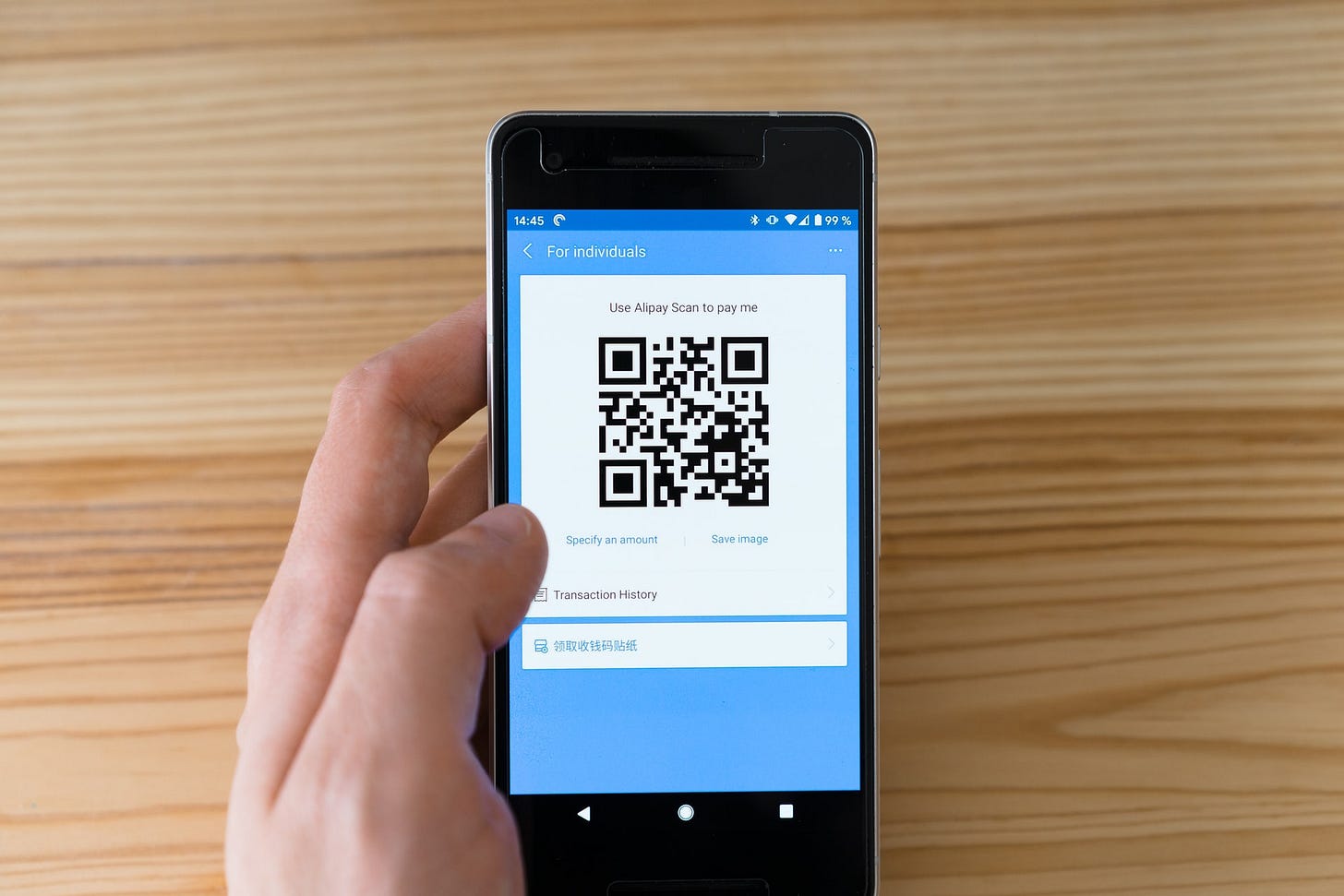What is a QR code, and why does it have 3 squares in the corners?
A quick, bullet-point overview of QR codes and their purpose and why they have three squares in the corners.
QR code stands for Quick Response code.
It was invented by a Japanese automotive company Denso Wave in 1994.
The idea behind a QR code is to create an image that the user can scan using a Smartphone camera to access a link to a website, video or any other media.
While the user can also type the website address to visit a site, the aim of the QR code is to simplify the process.
While it operates on the principles of a bar code, a QR code can store 350 times more data than a bar code.
The three B/W squares (2 on top and one on bottom left) are known as the Finder Pattern.
They help the Smartphone camera recognise the QR code and inform it of the orientation of the code.
That means if the two squares are on top, the camera would know it is reading the QR code at the correct angle.
So, if a QR code is printed upside down, the “Smart” phone would know it has to adjust its scanner upside down to read the code.
That’s why the QR code doesn’t have four squares — if all 4 corners were the same, the scanner would not know if the code was the right way up, upside down, or rotated 90 degrees clockwise or anticlockwise.
Another thing that aids the correct reading of the code is the Alignment Pattern — it helps the scanner read the code even if it is a bit distorted or printed on a curved surface.
It is smaller than any of the Finding Pattern squares and has a small square (usually one dot) inside it.
If only one Alignment Pattern is present in a QR code, it is usually towards the bottom right corner.
The bigger the QR code, the more the number of Alignment Pattern squares.
A QR code is a matrix with an equal number of rows and columns, but it can’t just have any number.
The number depends upon the Version Number of the QR code.
Versions range from 1 to 40; Version 1 has 21 rows and columns, Version 2 has 25, and Version 40 has 177 rows and 177 columns.
Also Read:
Why is Bluetooth called Bluetooth?Image courtesy of Markus Winkler through Unsplash
Source :

